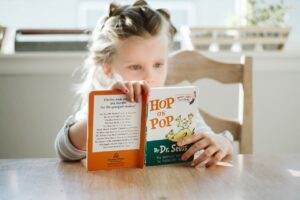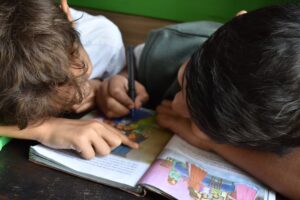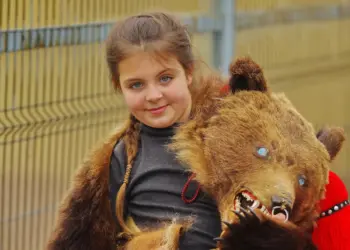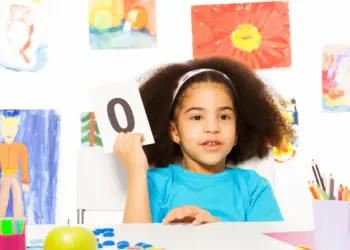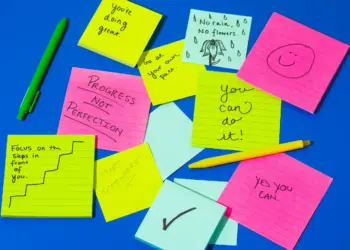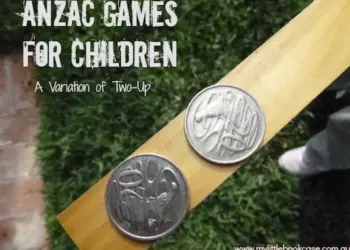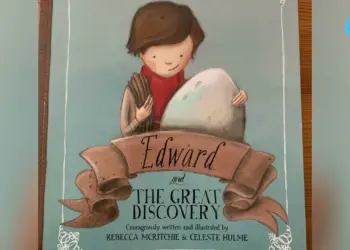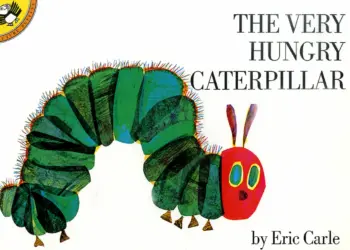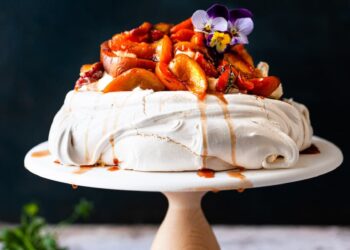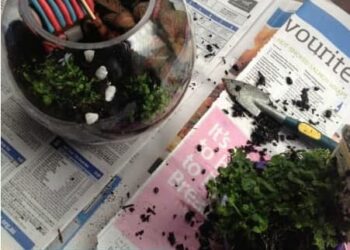An A to Z of Learning to Read: Reading Strategies
You’ve spent years reading to your child and helping him develop a love of books. You feel he has a great awareness of print, can recognise the alphabet, hear a range of sounds in words and understand letter-sound relationships. But how does he use that knowledge to read words on a page?
This question brings us to the last part of our series, An A to Z of Learning to Read. Be sure to read the other posts in the series.
As mentioned at the start of the series, there isn’t one magical formula that all kids follow when learning to read. Similarly, there is a range of strategies that children can draw on when beginning to read words on a page, and there isn’t necessarily a particular order of strategies a child should follow when reading. Over time, a child will actually apply a range of strategies to their reading.
Below is an outline of reading strategies and a bookmark for parents and educators to use as a handy prompting tool when supporting and listening to beginning readers.
Picture Walk
Illustrations in books are used to support and add meaning to the text. Illustrations play an integral role in children learning to read, as they provide clues for context when children encounter an unfamiliar word.
- Encourage your child to use the illustrations to help them with their reading. Start by looking at the illustrations throughout the whole book before beginning to read. This will help your child to develop a context for the story. When reading, children will recall illustrations from the picture walk to help them make meaning of the text when decoding unfamiliar or difficult words.
Reading Tools
Pointers and checklists can be handy reading tools for children and facilitators when learning to read.
- Although not recommended for prolonged use, fingers or pointing tools can be used in the initial stages of reading to help children with the one-to-one correspondence of letters with sounds. This helps them make the connection that sounds are represented by letters or letter combinations.
- Pointers can also be used by the facilitator to encourage steady pace and fluency.
- Checklists serve as a handy tool for facilitators to assist in prompting children to employ suitable reading strategies
-
Decoding
Decoding is a phonics-based strategy in which a child needs to identify the letters in a word and apply their knowledge of letter-sound relationships to vocalise the sounds represented in a word.
- Start by asking the child to identify the first letter and corresponding sound.
- Once the child has identified each individual sound in the word, they must blend these sounds together to pronounce one fluent word instead of separate sounds (Running a finger or pointer slowly along the letters rather than stopping at each one can assist with this).
- After some time, a child can be encouraged to use chunking as a strategy whereby they are able to say familiar parts of words instead of individual sounds. These parts might be common digraphs, letter blends or syllables that they recognise.
Reading Cues
Using cues to assist in reading is a whole language-based reading strategy, in which a child will use prompts or clues (other than phonics) to help them read a word. There are three different types of cues:
Context cues are used to help a child make meaning of a text when they encounter an unfamiliar word. They use prior knowledge and personal associations to check that a word makes sense within the context of the sentence or story by looking for clues in surrounding words, broader text or illustrations.
Try asking:
-Does it make sense?
-What just happened in the story?
-Is there something in the picture that can help you?
2. Structure Cue:
When using structure cues, a child is applying their knowledge of language and sentence structure to decode words.
Try asking:
-Does it sound right?
-Does that sound like a complete sentence?
3. Visual Cues:
When using visual clues, a child applies their knowledge of phonics, word structure and syllables to decode words, and ensures that they have correctly matched a letter/letter combination with a sound.
Try asking:
-Does it look right?
-What is the first letter/sound?
-Repeat what you just read. Does it match what you can see?
-Where is the hard part in the word?
-Point to a part in the word that you know.
-Does it look like another word you know?
Self-correction
Sometimes we need to hear a word out loud to know if we have decoded it correctly. So rather than jumping in to correct a child, it’s advisable to give a child time to apply their knowledge and use reading cues to self-correct.
Once a child has decoded a sequence of words, ask them to re-read the sentence or phrase for fluency.
Try asking:
- Read it again without pointing.
- How would the character say it?
Comprehension
Finally, before putting a book to bed, check that your child has understood and made sense of what they have read. Spend some time talking about the setting, characters, story-line, and actions etc. There are some playful resources such as these Reading Comprehension Dice that are helpful in prompting questions.



